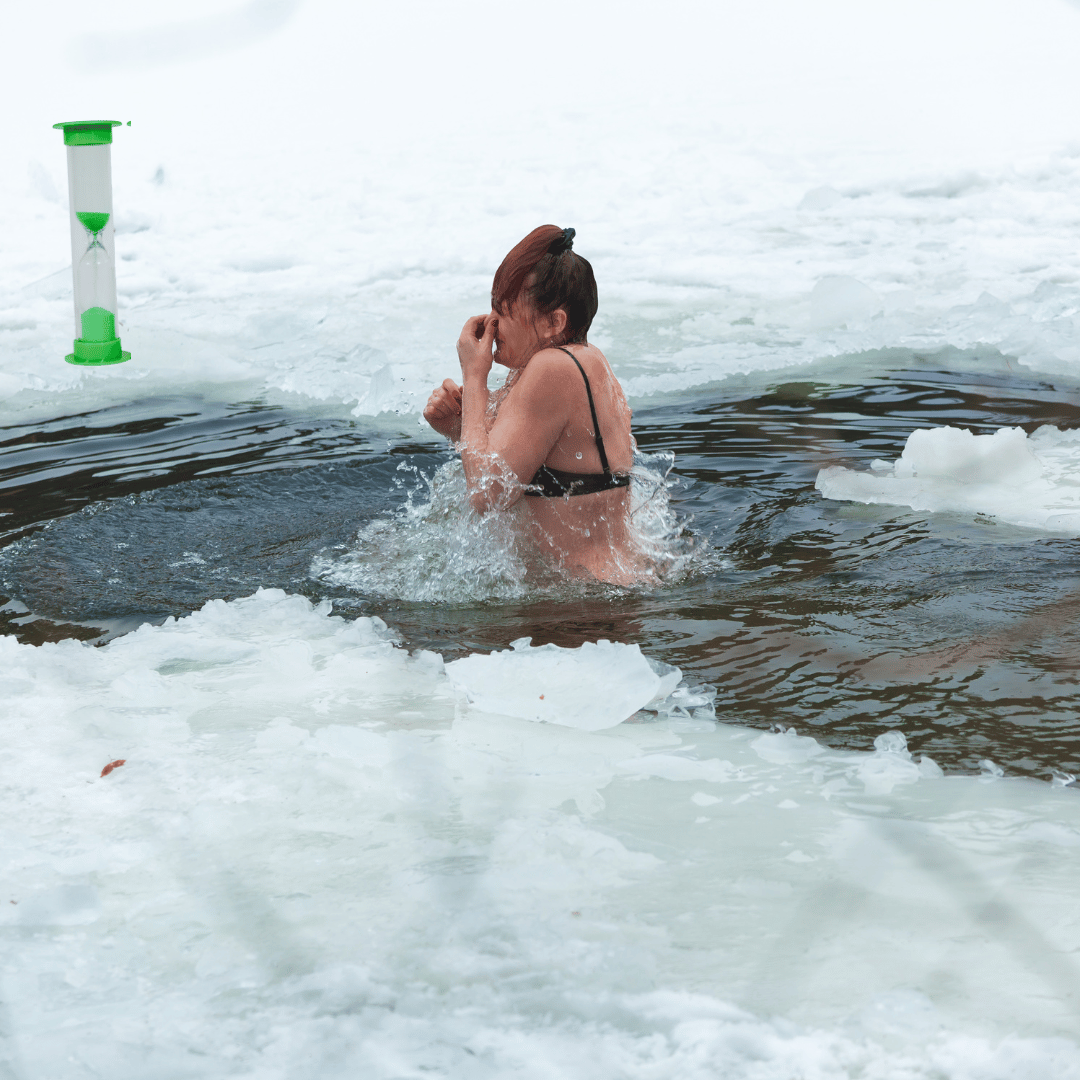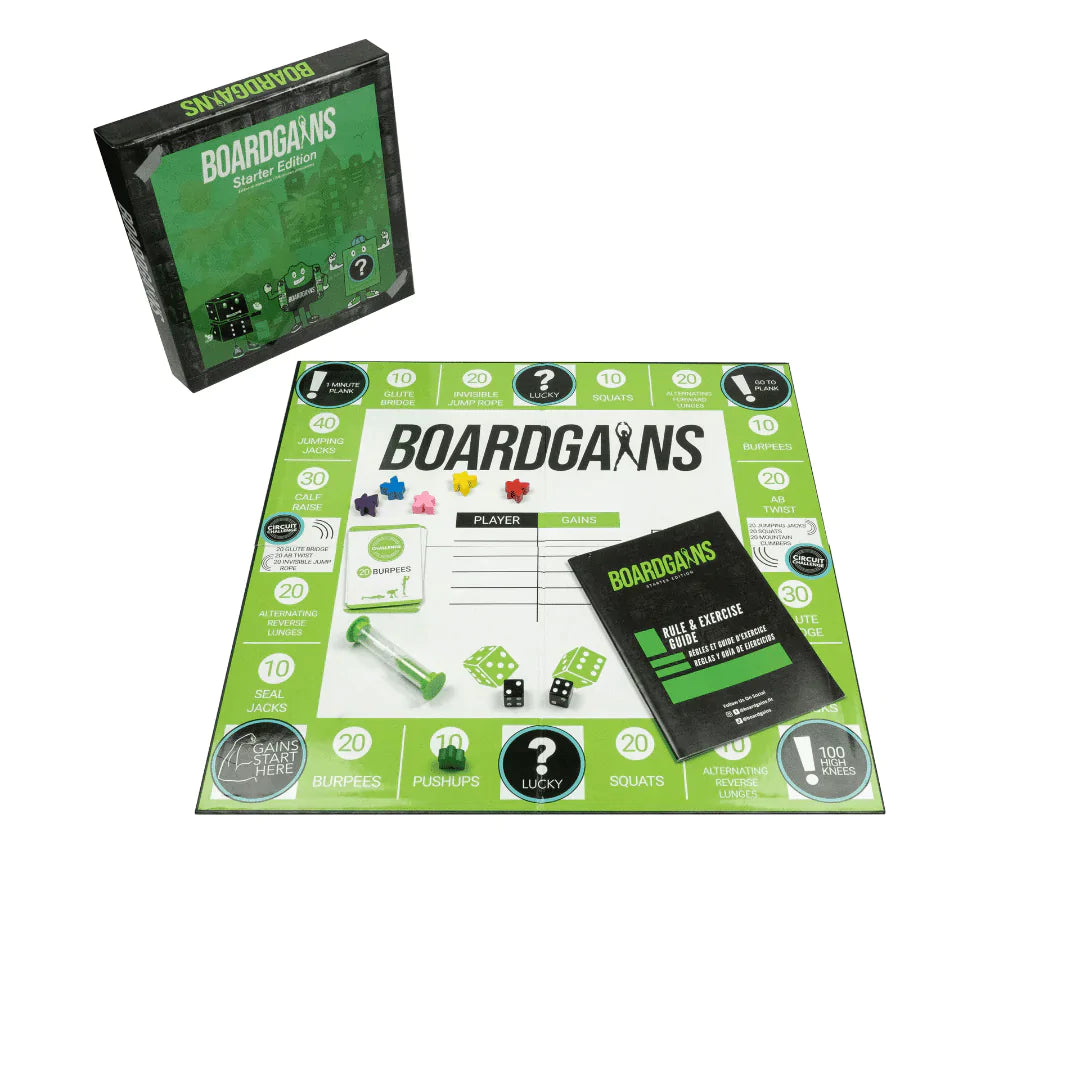Are you looking for a natural way to improve your health and fitness? Look no further than cold therapy. This simple yet powerful practice has been used for centuries to promote healing, reduce pain, and boost overall wellness. In this article, we'll explore the many benefits of cold therapy and how you can incorporate it into your daily routine for optimal health.
What is cold therapy?
Cold therapy, also known as cryotherapy, is the use of cold temperatures to promote healing and reduce inflammation. This can be achieved through a variety of methods, including ice packs, cold compresses, ice baths, and cryotherapy chambers. While cold therapy has been used for centuries to treat injuries and reduce pain, it has recently gained popularity as a wellness trend for its many health benefits.
Types of cold therapy
There are several types of cold therapy that you can try at home or at a wellness center. Some of the most common methods include:
Ice packs and cold compresses
One of the easiest ways to incorporate cold therapy into your routine is by using ice packs or cold compresses. These can be applied directly to the skin to reduce swelling, inflammation, and pain. They are often used to treat acute injuries such as sprains, strains, and bruises.
Ice baths and cold showers
Another popular form of cold therapy is taking cold showers or ice baths. This involves immersing the body in cold water for a few minutes at a time to stimulate blood flow, reduce inflammation, and improve recovery after exercise. This method is often used by athletes and fitness enthusiasts to speed up recovery time and reduce muscle soreness.
Cryotherapy
For a more intense form of cold therapy, you may want to try cryotherapy. This involves standing in a chamber filled with liquid nitrogen for a few minutes at a time. The extreme cold temperatures are said to promote healing and reduce inflammation throughout the body. Cryotherapy is becoming increasingly popular among athletes, celebrities, and wellness enthusiasts for its many health benefits.
Benefits of cold therapy for health and fitness
Cold therapy has numerous benefits for overall health and fitness.
Reducing inflammation and pain
One of the most well-known benefits of cold therapy is its ability to reduce inflammation and pain. When cold temperatures are applied to the body, blood vessels constrict, reducing blood flow and inflammation in the affected area. This can help alleviate pain and swelling associated with acute injuries, chronic conditions like arthritis, and post-operative recovery.
Boosting recovery and reducing soreness
Cold therapy has also been shown to improve recovery time and reduce muscle soreness after exercise. This is because the cold temperatures help reduce inflammation and promote blood flow, delivering oxygen and nutrients to the muscles for faster recovery. Athletes and fitness enthusiasts often use cold therapy to speed up recovery time and prevent injury.
Improving blood circulation and lymphatic flow
Cold therapy can also improve blood circulation and lymphatic flow, helping to flush out toxins and waste products from the body. This can promote better overall health and reduce the risk of chronic conditions like heart disease and diabetes.
Enhancing metabolism and weight loss
Another surprising benefit of cold therapy is its ability to enhance metabolism and promote weight loss. When the body is exposed to cold temperatures, it activates a process called thermogenesis, which burns calories and fat for energy. This can help boost metabolism and aid in weight loss efforts.
Boosting mental health and cognitive function
Cold therapy has also been shown to have mental health benefits, such as reducing anxiety and depression. The extreme cold temperatures trigger the release of endorphins, which can improve mood and increase feelings of well-being. Cold therapy has also been shown to enhance cognitive function and mental clarity, making it a great tool for boosting productivity and focus.
Safety tips for cold therapy
While cold therapy has many benefits, it's important to use it safely and responsibly. Here are some tips to keep in mind:
Starting slow and gradually increasing exposure
If you're new to cold therapy, start slow and gradually increase your exposure time. Begin with shorter sessions and work your way up to longer ones as your body gets used to the cold temperatures.
Limiting exposure time
It's important to limit your exposure time to prevent frostbite or other cold-related injuries. Generally, cold therapy sessions should last no longer than 10-15 minutes at a time.
Avoiding cold therapy for certain medical conditions
If you have certain medical conditions like Raynaud's disease, cold urticaria, or diabetes, you should avoid cold therapy or consult with your healthcare provider before trying it.
Seeking medical advice before starting cold therapy
If you're unsure whether cold therapy is right for you, it's always a good idea to consult with your healthcare provider before starting any new wellness routine.
How to incorporate cold therapy into your routine
Ready to try cold therapy for yourself? Here are some easy ways to incorporate it into your daily routine:
Adding cold showers to your daily routine
Start your day with a cold shower to promote blood flow and kickstart your metabolism. You can also alternate between hot and cold water for added benefits.
Using ice packs and cold compresses after exercise
After a tough workout, apply ice packs or cold compresses to sore muscles to reduce inflammation and speed up recovery time.
Visiting a cryotherapy center
If you're interested in trying cryotherapy, look for a reputable wellness center in your area that offers this service. Make sure to follow all safety guidelines and consult with the staff before your first session.
Conclusion
Cold therapy is a simple yet powerful practice that can have numerous benefits for your health and fitness. From reducing inflammation and pain to boosting recovery and promoting weight loss, there are many reasons to try cold therapy for yourself. Just remember to use it safely and responsibly, and consult with your healthcare provider if you have any concerns or medical conditions.
FAQs
-
Can cold therapy help with arthritis pain?
Yes, cold therapy can be effective in reducing inflammation and pain associated with arthritis. Applying cold compresses or ice packs to the affected area can help alleviate symptoms and improve joint function.
-
How often should I use cold therapy?
The frequency of cold therapy sessions will depend on your individual needs and goals. It's important to start slow and gradually increase exposure time, and to listen to your body's response.
-
Is it safe to use cold therapy for pregnant women?
Pregnant women should consult with their healthcare provider before trying cold therapy, as it may not be safe for everyone. In some cases, cold therapy may be beneficial for reducing inflammation and swelling during pregnancy, but it's important to get medical advice first.
-
What's the difference between cryotherapy and cold water immersion?
Cryotherapy involves exposure to extremely cold temperatures in a chamber filled with liquid nitrogen, while cold water immersion involves immersing the body in cold water for a few minutes at a time. Both methods can be effective for reducing inflammation and promoting recovery, but cryotherapy is typically more intense and may have additional health benefits.
-
Can cold therapy help with weight loss?
Cold therapy can be an effective tool for weight loss, as it can boost metabolism and stimulate the body's natural fat-burning processes. However, it's important to combine cold therapy with a healthy diet and exercise routine for optimal results.










Leave a comment
This site is protected by hCaptcha and the hCaptcha Privacy Policy and Terms of Service apply.